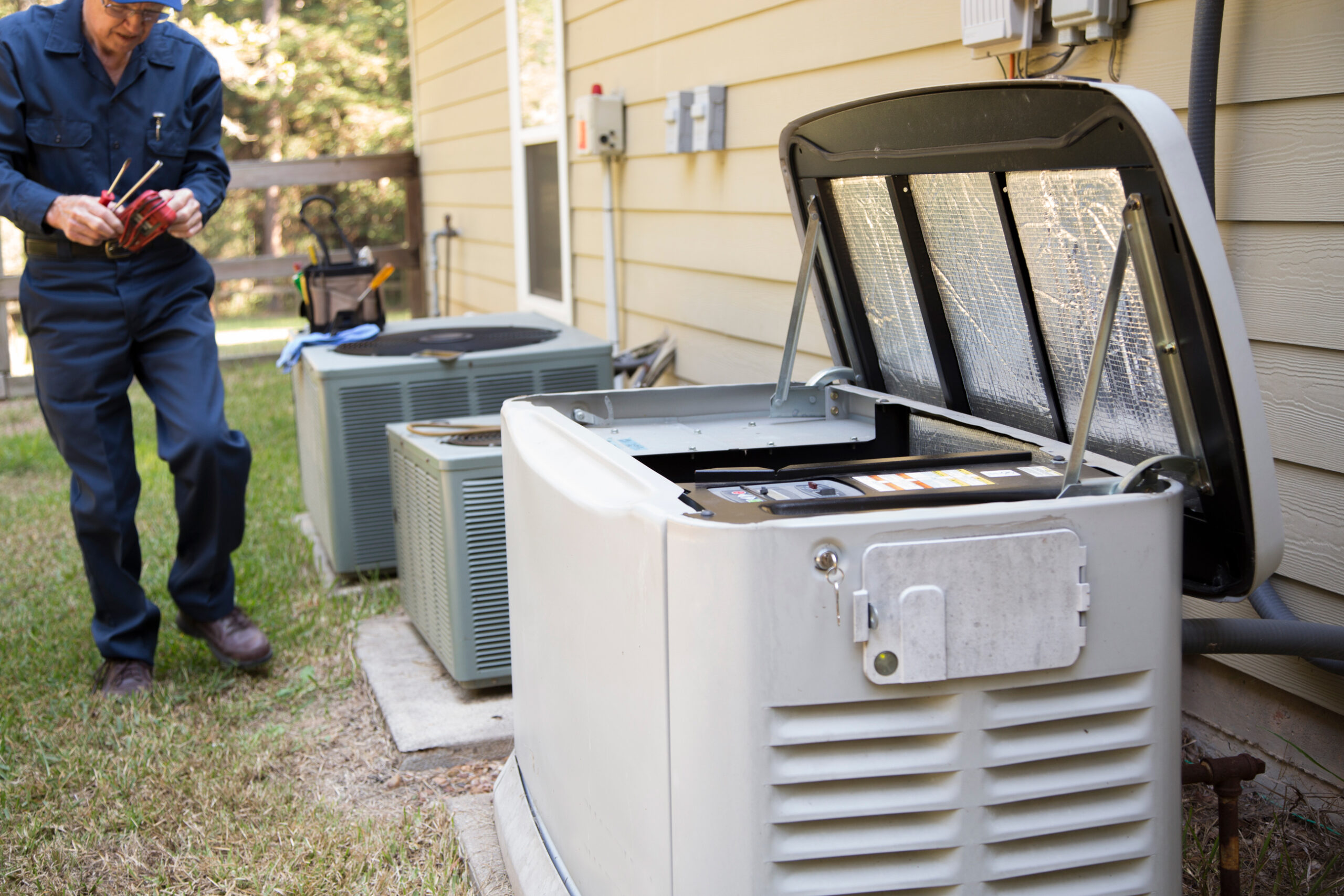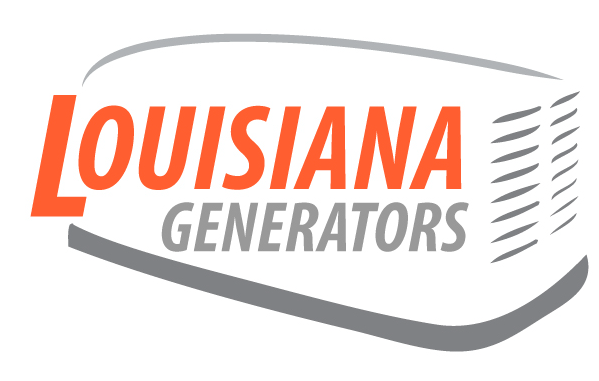
Brought to you by HBA Gold Industry Partner, Holmes Building Materials
So, you’re looking to create a new fence for your property? The age-old structure has come a long way since the white picket fence. As tastes and technology change, so do fence designs. In 2024, homeowners want lower maintenance with sleeker designs and enhanced utility. See what the modern fence has to offer as we explore today’s top trends in fencing styles!
Lower-Maintenance Wood
The wooden fence is a classic for homeowners. However, many people lack the time to care for wooden fences properly. As a result, consumers are opting for more durable woods like redwood or pressure-treated pine.
Redwood:
Redwood is an excellent option for those wanting a natural material without much upkeep. Redwood fence boards boast a rust color that turns silver over time. They are pricier than traditional pine boards, but they can last about ten years longer.
Pressure Treated Pine:
If you’re looking for maximum durability, consider pressure-treated pine. The material is treated with high pressure and chemicals to prevent damage from insects, rot, and decay. With proper care, pressure-treated pine can last around forty years. Their lengthy lifespans make them a popular choice for busy homeowners.
Vinyl Fencing
Vinyl fences are seeing a surge in popularity as they offer a variety of low-maintenance design styles. Vinyl fences offer design options, including color, thickness, and texture. They also require little upkeep with only occasional cleaning. Their versatility and sturdiness make vinyl a great option for those looking to express their style without sacrificing too much time.
Black and Matte Finishes
Things are getting dark in 2024, with black, natural, and matte finish styles on the rise. These colors complement a variety of designs, whether traditional or modern. They also require less maintenance and cleaning compared to lighter shades. Whether dark wrought iron or gray aluminum, dark finishes are timeless in fence design.
Horizontal Slat Fences
Horizontal slat fences are a modern take on traditional fences. The fence’s boards or slats are arranged horizontally, parallel to the ground. Horizontal slats provide more privacy while letting light pour into your space. They also come in various materials like wood, vinyl, or metal, giving you plenty of ways to express your individuality.
Dog Panel Fences
Containing furry friends has challenged homeowners forever. In 2024, however, homeowners are tackling this issue with style. Dog panel fences use narrow panels arranged to prevent dogs from escaping. Today’s dog-proof fences come in various styles and materials, making them functional and aesthetic.
Smart Fences
Smart devices have surged in popularity over the past few years, so it’s no surprise that smart fences began trending this year. These devices enhance security and accessibility through cameras, motion sensors, and smartphone compatibility. With their enhanced safety and ease, it’s likely that this trend will stick around.
Talk to an Expert!
Here at the Home Builders Association of Greater Baton Rouge, we are fortunate to work with trusted partners who are experts in their fields. If you want to fall in love with your fence, we recommend working with one of our partners, Holmes Building Materials. On top of being a leader in building materials, design services to help you bring your vision to life. Contact them today to learn more.

GET MORE DETAILS

Brought to you by HBA Gold Industry Partner, Louisiana Generators
If you’ve lived in Louisiana for a reasonable amount of time, you’ve probably seen your fair share of extreme weather. Hurricanes and tropical storms are unavoidable for Southerners. However, thanks to generators, power outages are not. Proper generator maintenance prepares you for anything Louisiana weather might throw your way.
With regular upkeep, a generator can last 10,000 – 20,000 hours or 20 years. The frequency of maintenance depends on how often you use it. Generator maintenance schedules can be broken into daily, weekly, monthly, and annual tasks.
Daily Maintenance (each use)
Conduct these inspections with each use to ensure your generator is in good shape. These tasks are especially crucial for daily-use generators.
- Perform General Inspection
- Review any alarms or warning lights.
- Check for signs of leaks or wear and tear.
- Clean away any major dirt or debris from around generator.
- Inspect for signs of rodents, birds, or harmful insects.
- Look for chewed wires, droppings, or nests.
- Test Battery
- Use a digital voltmeter.
- New models will report charge on terminals.
- Inspect Intake / Exhaust
- Check for clogs, leaks, or wear.
Weekly Maintenance
Regular weekly generator maintenance ensures optimal performance and reliability during power outages.
- Conduct a Visual Inspection
- For optimal performance and safety, ensure your standby generator is clean and free of damage.
- Check Oil
- Ensure generator is turned off.
- Remove oil dipstick.
- Wipe additional oil and reinsert dipstick.
- Remove dipstick again.
- See if the oil line falls between recommended levels.
- Check Coolant.
- Wait until generator powers down and is completely cold.
- Remove radiator cap.
- Visually inspect for coolant levels.
- Check For Leaks.
- Make sure fuel levels align with the amount of use.
- Inspect the surrounding area for fuel, oil, or coolant puddles.
- Exercise Generator.
- Run generator for 30 minutes.
- Examine for signs of leaks or overheating.
- Inspect for misfires.
- Look for rough vibrations, smoke, or power fluctuations.
Monthly maintenance should focus on electrical systems and coolant concentration. Electrical systems tests are more involved, so we recommend contacting an expert to handle monthly maintenance.
- Inspect battery cables and fuel cells for corrosion.
- Scrub with a soft toothbrush and baking soda.
- Check coolant concentration.
- Coolant must be equal parts purified water and antifreeze.
- Use a load bank to conduct a load test.
- Load banks feed high levels of power into generators to simulate their reactions during outages.
- Perform an electrical conductance test.
- Performed by applying AC voltage of known frequency and amplitude to examine resulting current.
Annual Maintenance
Annual generator maintenance is essential to prolong its lifespan and maintain efficiency, ensuring reliable backup power when needed. These tasks can be performed at home. However, as they are more critical to performance, we recommend consulting a generator maintenance expert.
- Change generator oil.
- Ensure generator is cool and battery cable is disconnected.
- Locate and drain tube or plug.
- Drain oil into pan underneath.
- Refill with manufacturer-recommended oil.
- Replace generator filters.
- Oil filter.
- Air filter.
- Fuel Filter.
- Change spark plugs.
- Disconnect spark plug cord.
- Inspect for signs of damage or corrosion.
- Clean surrounding area.
- Remove old spark plug.
- Measure spark plug gap with feeler gauge.
- Screw in new spark plug.
- Reconnect wire.
Talk to an expert
Here at the Home Builders Association of Greater Baton Rouge, we are fortunate to work with trusted partners who are experts in their fields. If you are interested in maintaining your generator, we recommend working with one of our partners, like Louisiana Generators. They have experts on call to ensure your power supply is always protected. Contact them today to learn more.








